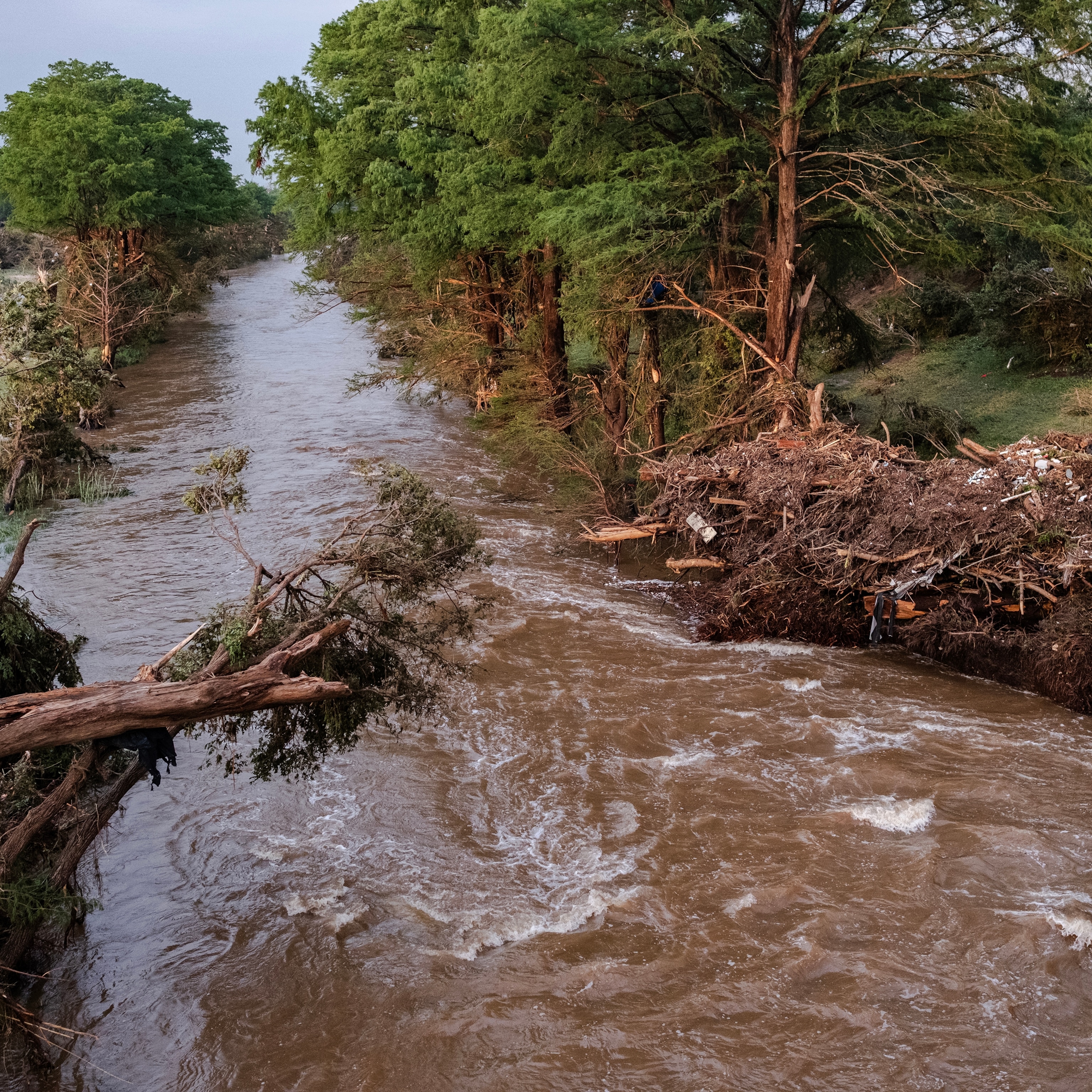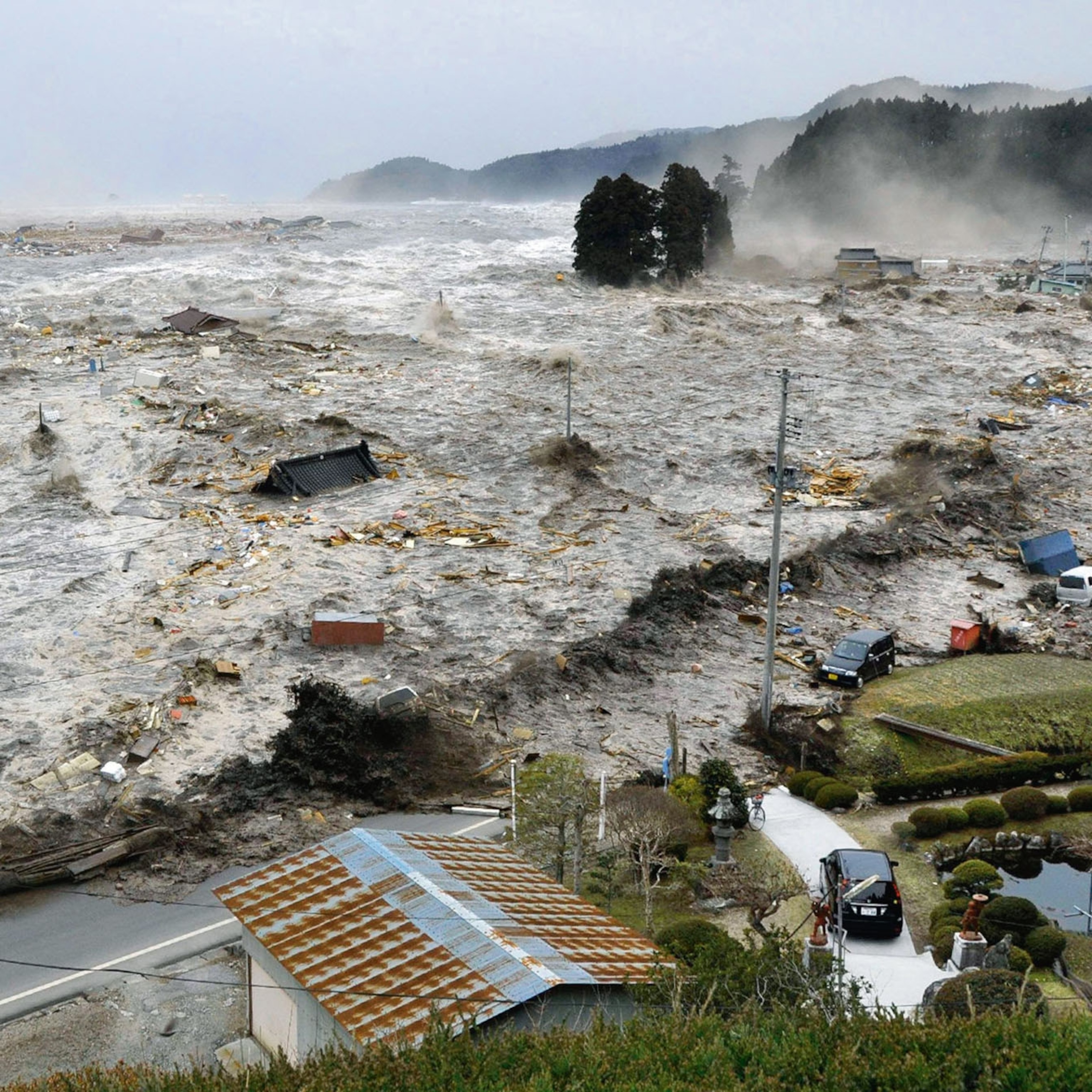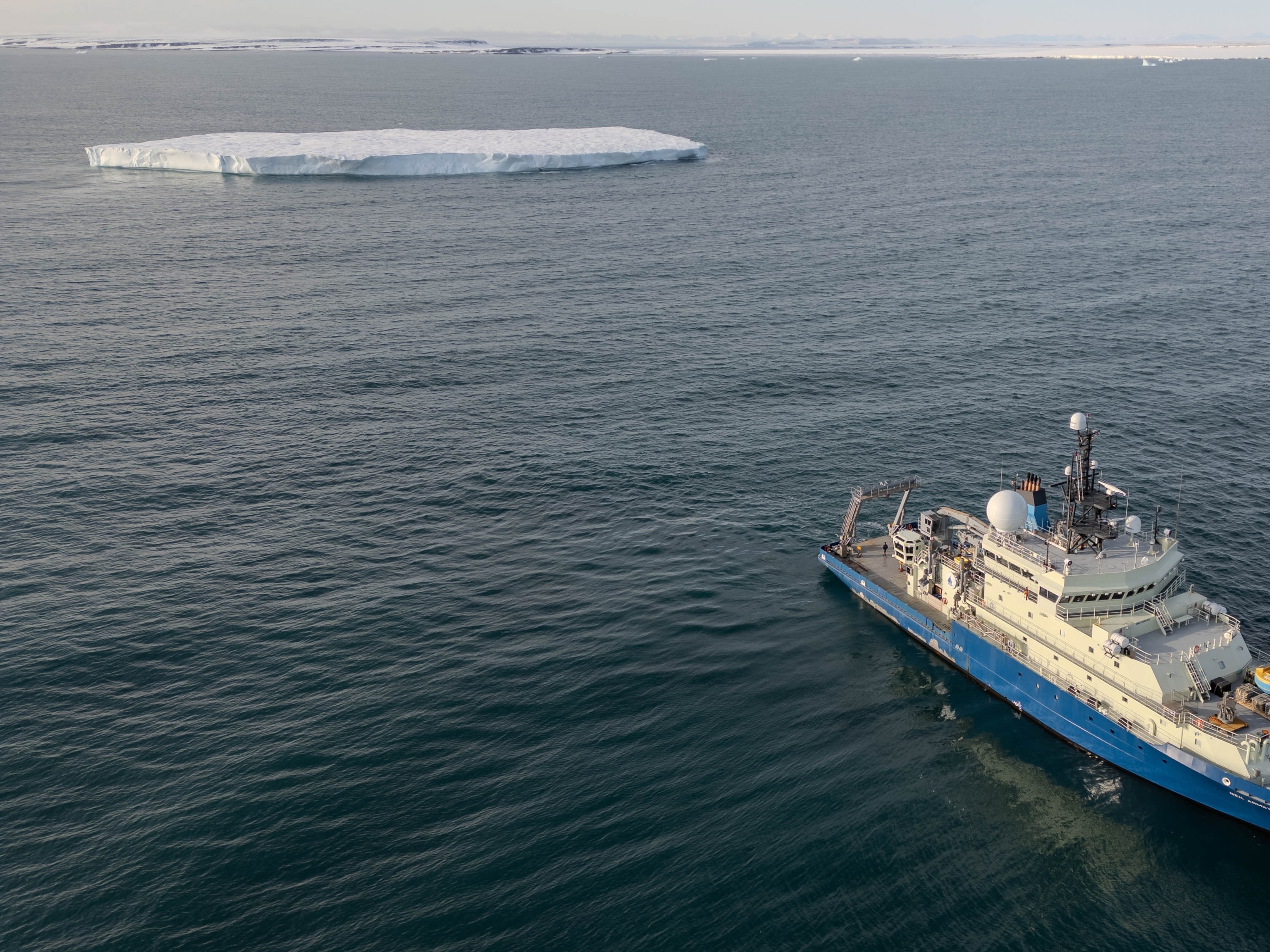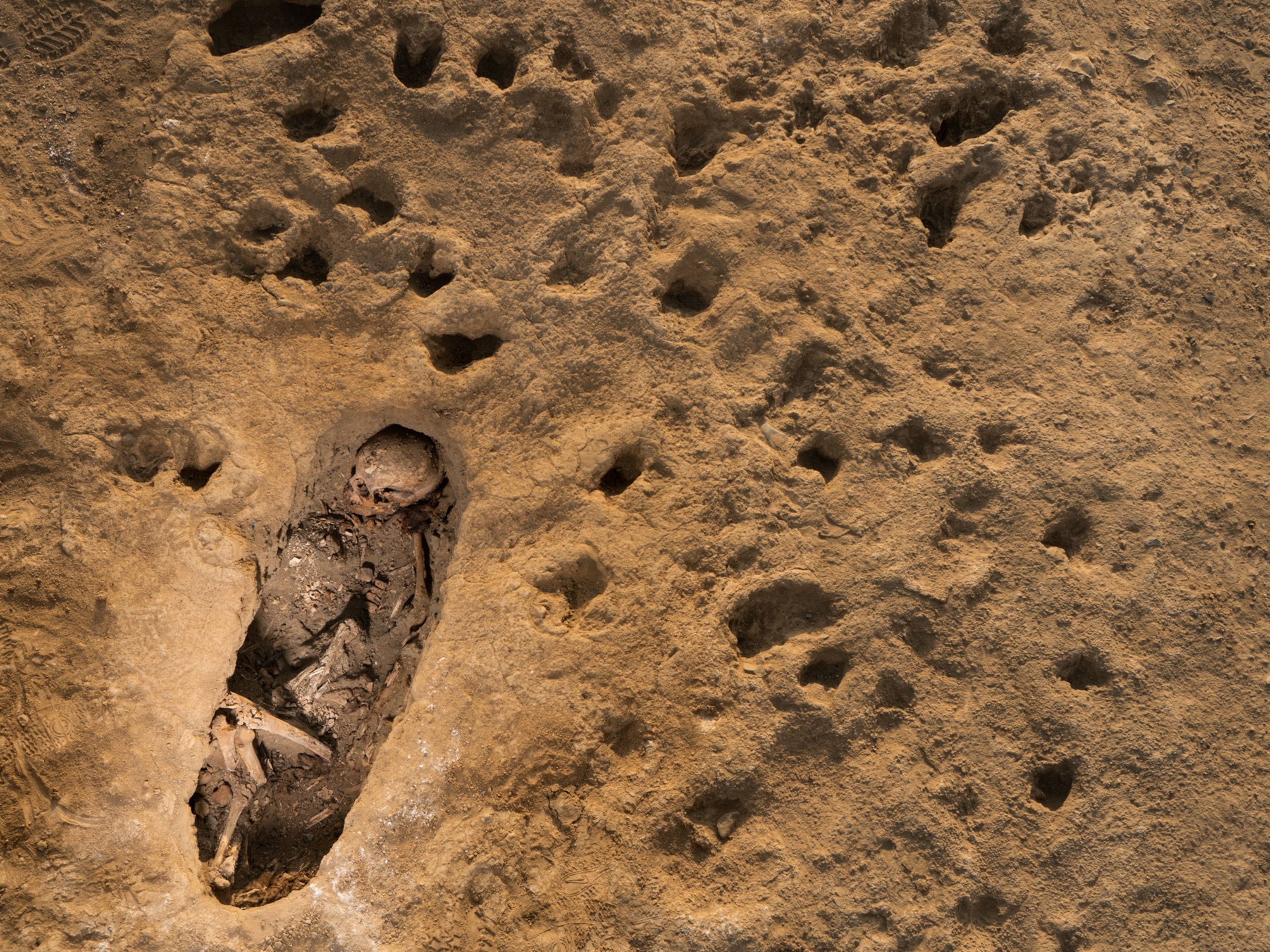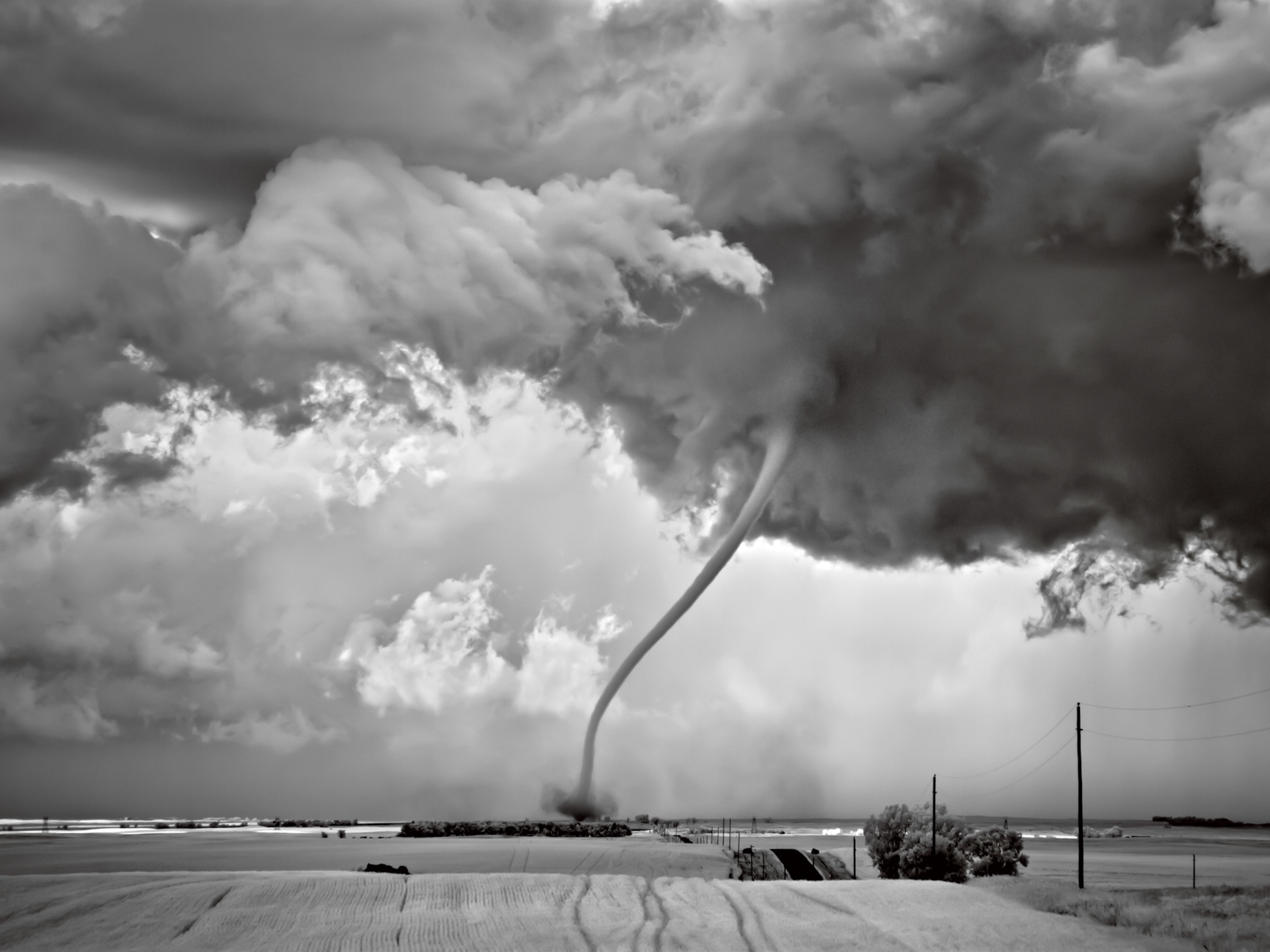What is El Niño—and will it lead to more snow this winter?
Here’s a look at what these weather events are, why they happen, and whether scientists think they’re getting stronger.
We're currently experiencing the effects of an El Niño weather pattern, which tends to create warmer-than-average weather.
Layered on top of climate change, this year's El Niño has already helped contribute to record warm temperatures as warm water locked in the deep ocean rises to the surface.
But hot weather isn't the only impact of an El Niño—some parts of the country may have an above average chance of seeing more snowfall. Thanks to its influence on the jet stream, El Niño winters typically result in dryer conditions in the north, and wetter conditions along the California coast and in the south.
This year, the National Oceanic and Atmospheric Administration expects the odds of snow to increase in the Southwest and Mid-Atlantic and decrease over the Rocky Mountains, Midwest, and New England.
While El Niño raises the odds for snow in certain regions, it's not a guarantee that more snow will indeed fall. Overall, a warming climate has nudged annual snowfall totals down in many states.
Learn more about how El Niños form and how they influence our weather.
What is El Niño?
El Niño events are actually just one half—the warm, wet half—of a naturally occurring weather cycle called the “El Niño-Southern Oscillation,” or ENSO.
During an El Niño event, the surface of the tropical Pacific Ocean gets warmer than usual, particularly at the equator and along the coasts of South and Central America. Warm oceans lead to low pressure systems in the atmosphere above, which in turn leads to a lot of rain for the western coasts of the Americas.
During some of the most famous El Niños of the past, the deluges have been so strong that entire villages have slid down mountainsides. In the 1972 to 1973 event, ocean temperatures skyrocketed off the Peruvian coast, nearly wiping out the anchoveta fishing industry, a critical one for the country. During the 1997 to 1998 El Niño, the country sustained over $3.5 billion in damage to buildings, agricultural lands, and other infrastructure. And in 2016, corals bleached across the Pacific, floods ravaged South America, and drought-fueled fires ripped across Australia.
The events can last for as long as a year, though the warming tends to be strongest during the Northern Hemisphere’s fall and winter months—October through February. In fact, that timing is the source of the name: “El Niño” means “male child” in Spanish, and also refers to the baby Jesus. Fishermen in South America, who have long known and described the phenomenon, called it “El Niño” because the some of the biggest effects spin up around Christmas—and the name stuck.
What about La Niña?
The other half of the ENSO phenomenon is generally called “La Niña.” It’s basically the opposite of an El Niño: Ocean temperatures along the eastern half of the tropical Pacific cool down and that part of the world dries out. The band of heat and rain swings over to the other side of the ocean, meaning that Australia, Indonesia, and southeastern Asia get wetter and warmer than usual.
La Niña events tend to settle in for longer than El Niños, persisting for somewhere between nine months to two years.
El Niños and La Niñas generally occur about every two to seven years. In between, ocean temperatures and rainfall patterns become more average. The patterns aren’t perfectly clear, though—a strong El Niño doesn’t necessarily mean the following La Niña will be particularly intense, and vice versa.
Both El Niños and La Niñas affect weather far beyond the Pacific basin. During El Niño years, for example, fewer hurricanes whirl across the Atlantic than usual, and the ones that do are likely to be fairly weak. And rainfall patterns shift across the globe: California and the Horn of Africa dampen, for example, while the rains that generally drench India during monsoon season weaken, and the Indian subcontinent dries out slightly.
Why El Niños happen
At the start of an El Niño, the trade winds that usually whisk briskly across the surface of the tropical Pacific slacken. Usually, those winds push warm surface ocean waters eastward toward Asia and Australia, where they essentially get corralled into a giant warm pool by Australia to the south, the Indonesian archipelago near the equator, and southeastern Asia.
In a normal year, as the trade winds drag waters from the sun-warmed surface eastward, away from the edge of South and Central America, they draw up cold water from deep below, “upwelling” the chilly, nutrient-rich seas. The trade winds also usually induce upwelling of deep, cold waters near the equator.
During a normal year it’s cool and not too rainy along the western coast of the Americas, and warm and wet in the western part of the Pacific.
But when the trade winds die, two things happen: The wind-forced upwelling that draws cool water to the surface slows down, and the warm water that has pooled up in the western part of the Pacific basin starts to slosh back toward the east. And as the warmth spreads eastward, the trade winds—which are partly controlled by the temperature and air pressure differences between the two sides of the Pacific—get even weaker. So there’s a double whammy: the chilly waters that usually help cool down the South American coast stay trapped deep below the surface, and the winds that would help cool things down stagnate.
Scientists still don’t know exactly what kicks off the cycle. But they can pick out the signs of a brewing El Niño early and they have a good idea of how the events develop once they’re nudged into action. So once the signs appear, scientists can start warning the general public that an El Niño is likely to pop up about six to nine months later.
How El Niños influence climate—and vice versa
Some climate models predict that the ENSO cycle will intensify as the planet gets hotter, leading to even warmer, wetter El Niños and drier La Niñas—and more devastating impacts on communities around the world. Others show less intensification, or none at all. Scientists are racing to understand the phenomenon better.
It’s also not yet clear whether the cycle has intensified since humans started warming the planet by pumping the atmosphere full of greenhouse gases.
What scientists can say is that ENSO has existed for thousands of years and is likely to persist far into the future. And whether or not the actual cycle changes, we’ll likely feel its effects more strongly in the future.
Already the world has warmed 1.2, and scientists say additional warming from an El Niño might provide a preview of what life will be like at 1.5°C, an aspirational limit to global warming set by the Paris Climate Agreement.
2016 was the last time an El Niño event caused such deadly heat, and that year may hold clues for what’s in store.
Temperature readings for oceans around the Great Barrier Reef in Australia and at islands from Fiji to Hawaii were sky-high—hotter, in many cases, than ever before recorded.
Oceans have been warming up quickly and steadily because of climate change, and research suggests El Niño events are getting rainier and hotter.
The effects of El Niño events ripple across the planet, changing weather patterns from Dakar to Delhi to Boston and beyond. These powerful events happen naturally, but climate change may tweak their strength and ferocity in the future.


